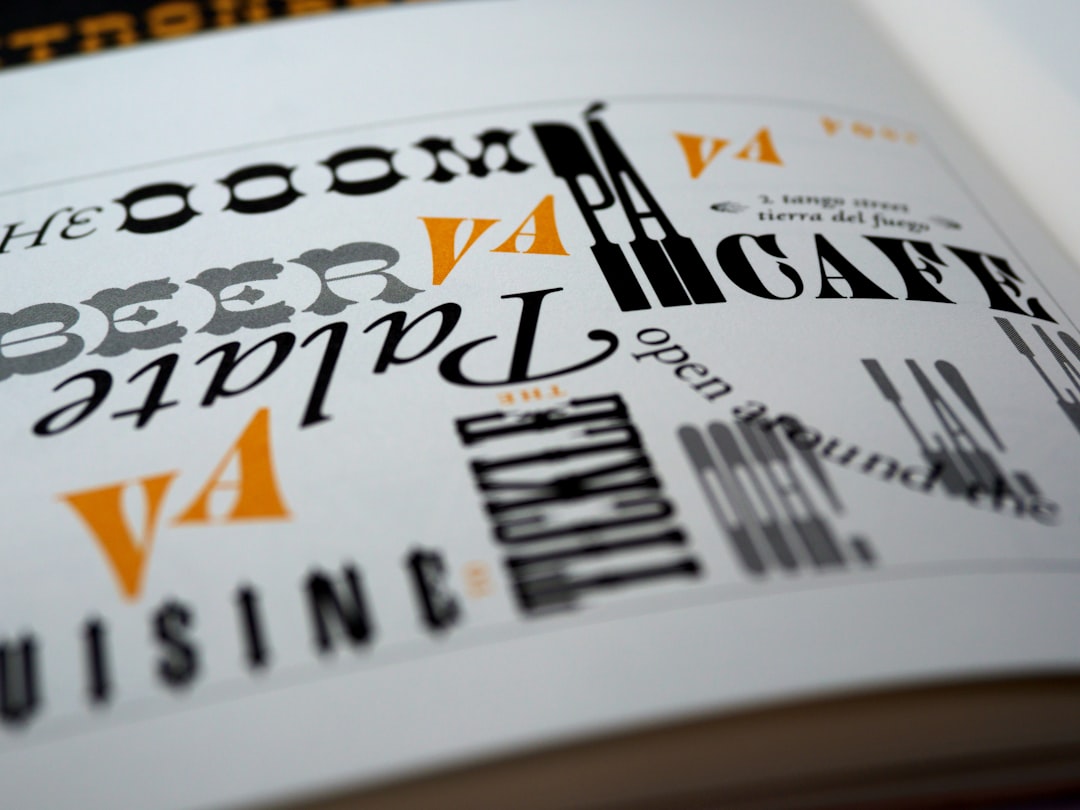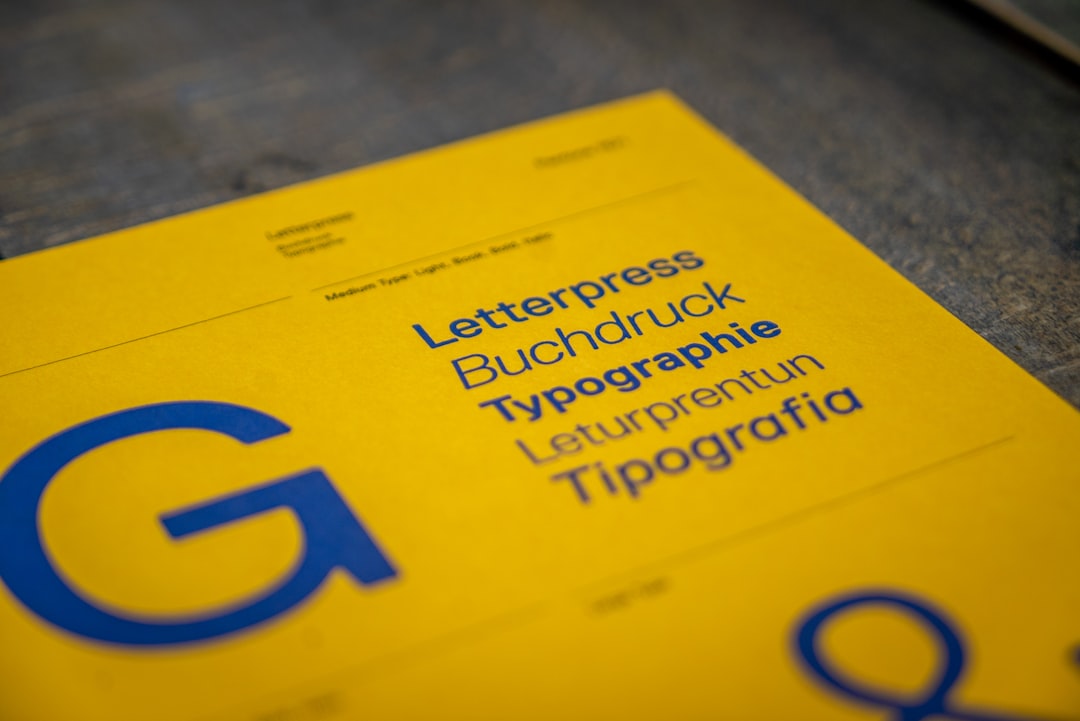In today’s globalized market, brands often operate across multiple regions, each with its own language and writing system. This presents a unique challenge when designing logos that are not only visually appealing but also linguistically appropriate. Logo AI tools, powered by advanced machine learning and natural language processing technologies, are now rising to this challenge. But the question remains: Can these AI tools generate logos in multiple languages or scripts?
As technology advances, logo generation tools powered by artificial intelligence are becoming more versatile. Many of them now offer multilingual capabilities, making it possible for businesses to create localized brand identities without investing in region-specific design teams.

Multilingual Capabilities of Logo AI Tools
Logo AI tools, especially those integrated with robust text rendering engines, can generate logos using a wide array of scripts, including but not limited to:
- Latin scripts (used in English, Spanish, and most European languages)
- Cyrillic script (found in Russian, Bulgarian, and Serbian)
- Arabic script (used across the Middle East and parts of Asia)
- Chinese characters (used in Mandarin, Cantonese, and some Japanese writing)
- Devanagari script (used for Hindi, Marathi, and Sanskrit)
- Japanese Kana and Kanji
This ability to manage diverse scripts comes from the AI tools’ access to a vast variety of fonts, glyphs, and design templates that are configured to handle different alphabets and cultural aesthetics.
The Role of Language in Design Context
Language is more than just letters—it carries cultural meaning, emotion, and tone. The way a script looks can influence brand perception. For instance, the curvy nature of Arabic script evokes elegance, while the dense strokes of Chinese characters can communicate solidity and tradition.
Many advanced AI logo tools come equipped with localization algorithms that go beyond just translation. They adapt stylistic elements to suit the cultural preferences of the target market. This includes typography, color schemes, and even iconography tailored for specific regions.

Advantages of Using AI Tools for Multilingual Logo Design
Employing AI for multilingual and multi-script logo generation offers several benefits:
- Speed and efficiency: AI can produce multiple versions of a logo in different languages within minutes.
- Scalability: It’s easy to replicate your brand across different regions without reinventing the logo each time.
- Cost-effectiveness: AI tools reduce the need for hiring multiple design teams with language-specific skills.
- Consistency: Ensures your brand maintains a consistent look and feel across all geographical locations.
Limitations and the Human Touch
Despite their impressive capabilities, logo AI tools are not without limitations. They may struggle with:
- Nuanced cultural meanings: AI might not fully grasp cultural taboos or regional sensitivities in design choices.
- Font availability: Some less-common scripts might not have enough font options within the AI tool’s library.
- Complex calligraphy: Intricate lettering styles, especially in scripts like Arabic and Hindi, require manual finesse.
Because of these limitations, many branding professionals recommend a collaborative approach. Businesses often start with AI-generated logos and then refine them with human designers to ensure cultural and contextual relevance.
Conclusion
Logo AI tools have come a long way in supporting multiple languages and scripts, enabling businesses to establish a global presence efficiently. While these tools may not fully replace human creativity and cultural understanding, they serve as a powerful starting point for multilingual branding efforts.
FAQ
- Q: Can logo AI tools support non-Latin scripts like Chinese or Arabic?
A: Yes, many modern tools support a wide range of scripts including Chinese, Arabic, Cyrillic, and Devanagari. - Q: How accurate are the translations in AI-generated multilingual logos?
A: While the text can be accurately rendered in different scripts, language translation usually needs to be provided by the user or verified for accuracy. - Q: Are there tools that allow switching between multiple languages in one logo?
A: Yes, some tools allow the creation of bilingual or multilingual logo versions, especially for international brands. - Q: Is it necessary to involve a designer after using an AI logo tool?
A: For best results, especially for sensitive cultural contexts, collaborating with a professional designer is advised. - Q: Do AI tools offer culturally adapted design elements for different regions?
A: Advanced tools do. They offer templates and elements tailored to regional aesthetics and preferences.
